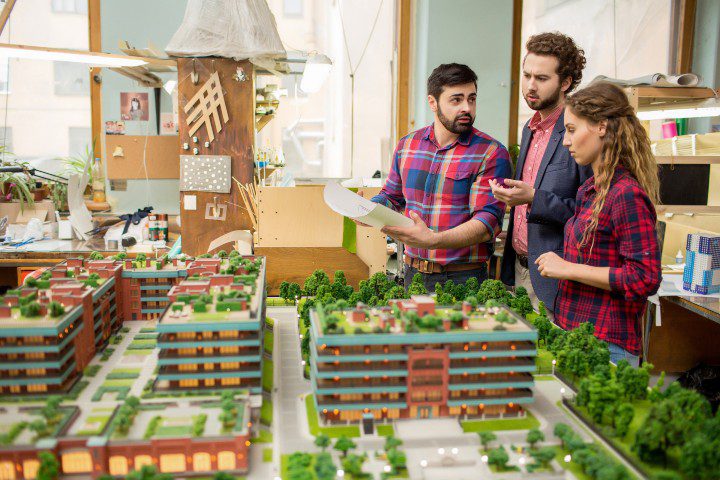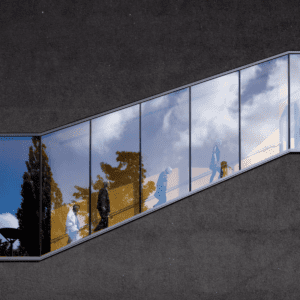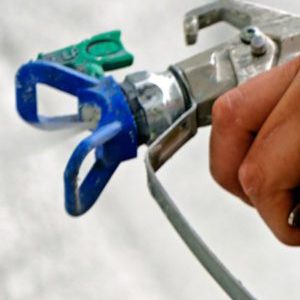With traffic congestion slowing down, crowded areas causing anxiety, and the urban office’s recovery in question, cities are already changing due to the influence of COVID-19. While immediate needs are being addressed, urban planners and architects are looking at what elements of city infrastructure may require permanent adjustments.

Closing down some lanes of traffic to open up more space for cyclists has had some immediate benefits, but it’s uncertain how long those measures will be feasible as cars inevitably return. The rising popularity of bike shares and e-scooters has meant more space is required for these vehicles.
Parking and sidewalk infrastructure
As businesses limit the amount of customers permitted to shop in-store, curbside pick-up has become more popular. This has meant increased space is needed outside the storefront. Restaurants have also benefited by repurposing unused parking space for more outdoor dining. If this changing behavior continues in any form, updates to parking and sidewalk infrastructure will be required.
Public transit
With public transit in New York City dropping 96 percent in April, fears of sharing space in crammed vehicles have kept commuters away and lead to budget crises for transit agencies. However, fear of transit may not be grounded in fact, argues Janette Sadik-Khan, Former commissioner of the New York City Department of Transportation and author Seth Solomonow in The Atlantic’s Fear of Public Transit Got Ahead of the Evidence article. They state that massive investments in transit will be the key to economic revitalization of cities.
The way out of the economic crisis brought on by the pandemic runs along the rails and bus lanes of cities, and restoring urban transit networks to full force, expanding their service, and extending their reach across cities must be at the top of every nation’s economic-recovery strategy. Far from scaling back on public transit, cities across the country need a massive transit expansion that will enable them to avert the mobility meltdown that threatens to swallow them if even a fraction of former transit commuters take to cars. The nation won’t recover if it adds a traffic crisis to the ongoing health and economic crises.
Public areas may need to be reshaped to accommodate social distancing. As digital communication has enabled many of us to work from home and shrink social circles, there is a need to be outdoors and strengthen our ties to the physical community. Perhaps public spaces can go one step further, suggests Architecture journalist Sam Lubell for The Planning Report.
We’ll need to think more carefully about how to keep these spaces safe in emergencies. Perhaps the digital systems now being used to track and contain the virus — like the one being developed by Apple and Google — could play a role? They could, among many other things, assess potential threats where we congregate, act as early warning systems, help us maintain social distance, quickly alert authorities to close spaces, or ensure that those infected are not out socializing.
Access to more data is one indisputable item that urban planners will look to more in the future. Real-time, geo-location-based data will help urban planners identify trends across their spectrum and identify where action may need to be taken.


